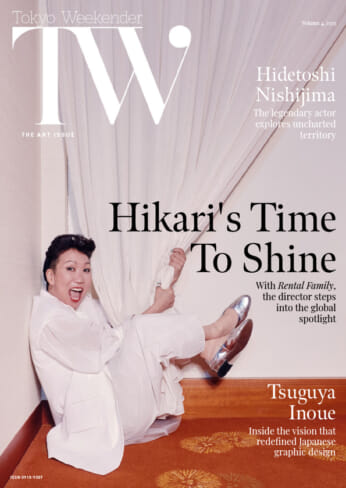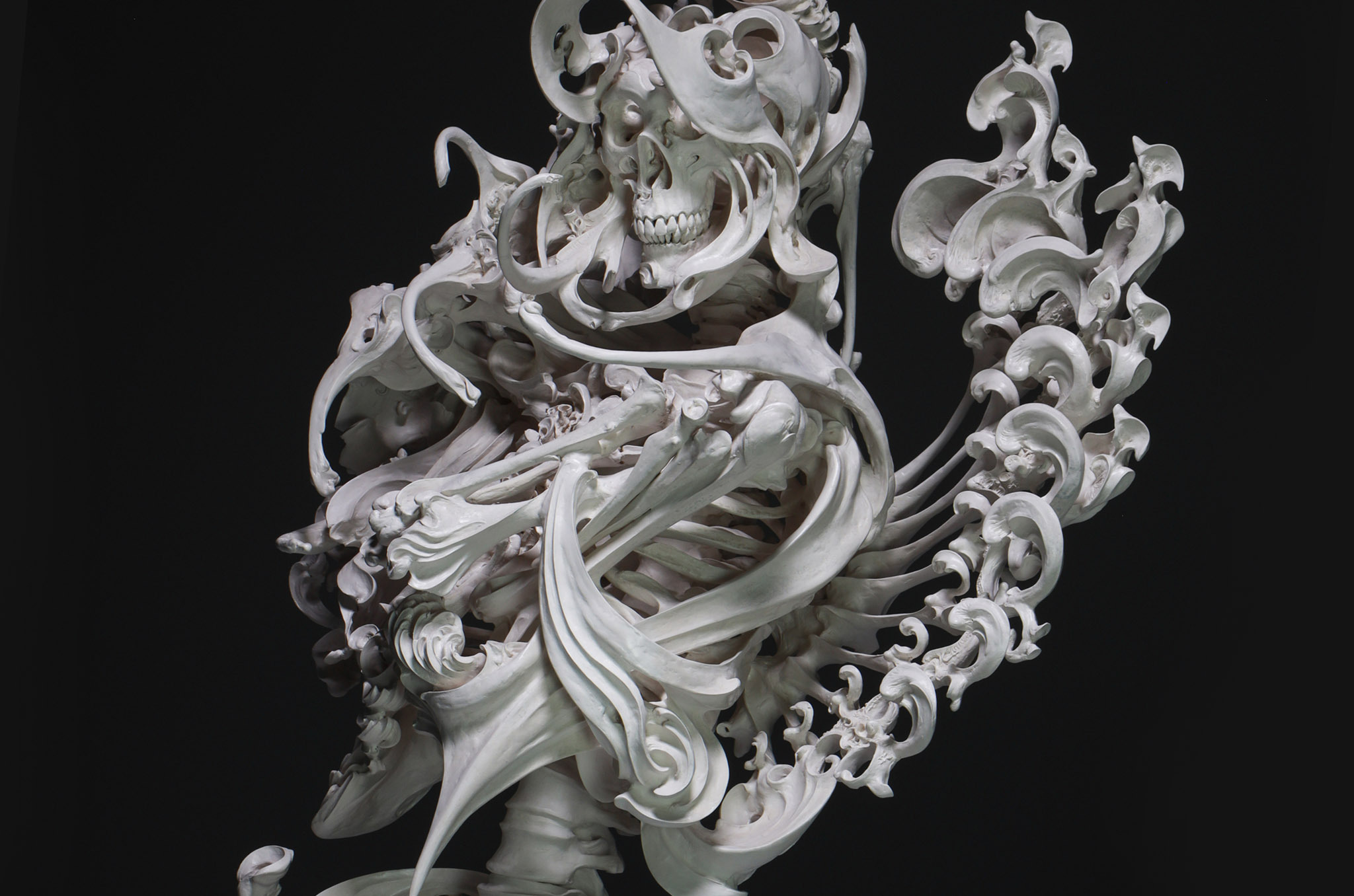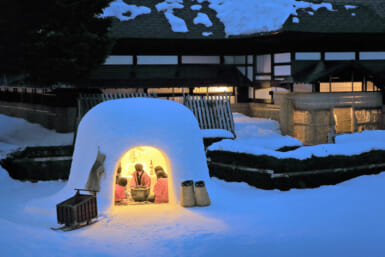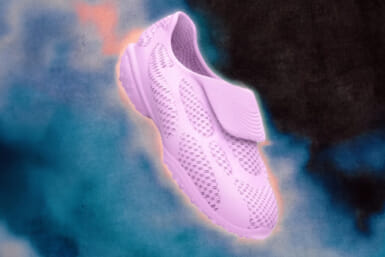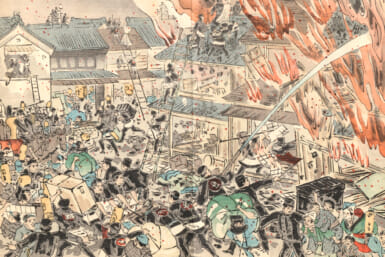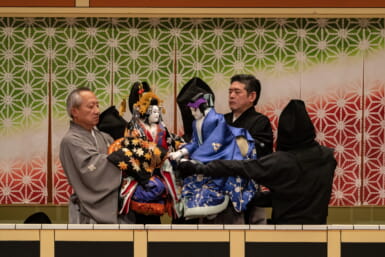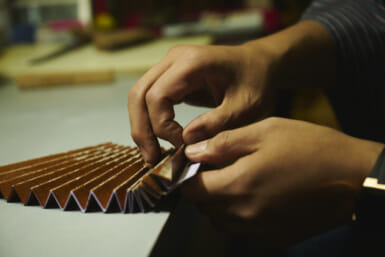This article appeared in Tokyo Weekender Vol. 2.
To read the entire issue, click here.
Flung out to the wind, an arm desperately tries to escape the clutches of its own body, perpendicular to a horn atop its form, pointing up toward the heavens, as feathers and swirls move and rage around in complex labyrinthine shapes. It’s living, but it isn’t: This is one of Heishiro Ishino’s incredible sculptures, dreamed up from the depths of the 32-year-old’s bottomless imagination, concocted through the lens of Japanese mythology.
The Kobe-born contemporary artist has been sculpting since his teens, and before that, his school books were covered with drawings of mythical creatures inspired by the movies he loved: sci-fi, fantasy and panic horror from across the world, from Alien to Godzilla.
Ishino initially wanted to work in the movie industry. He did so part time in his teens while creating his own sculptures as a hobby, but balked at the creative constraints that came from working in film; once he realized that he’d have to bend his work to the will of future clients, he gave up on his Hollywood dreams. At age 20, following an epiphany he had when visiting the graduation exhibition for Tokyo University of the Arts, he decided to see if he could make a living as an artist. He enrolled in an art university near his home, winning a Spiral Independent Creators prize in his sophomore year, which led to an ongoing relationship with the gallery that sponsored the award. Since then, he has exhibited his elegant creations across Japan and as far as Europe, but it hasn’t been without its difficulties.
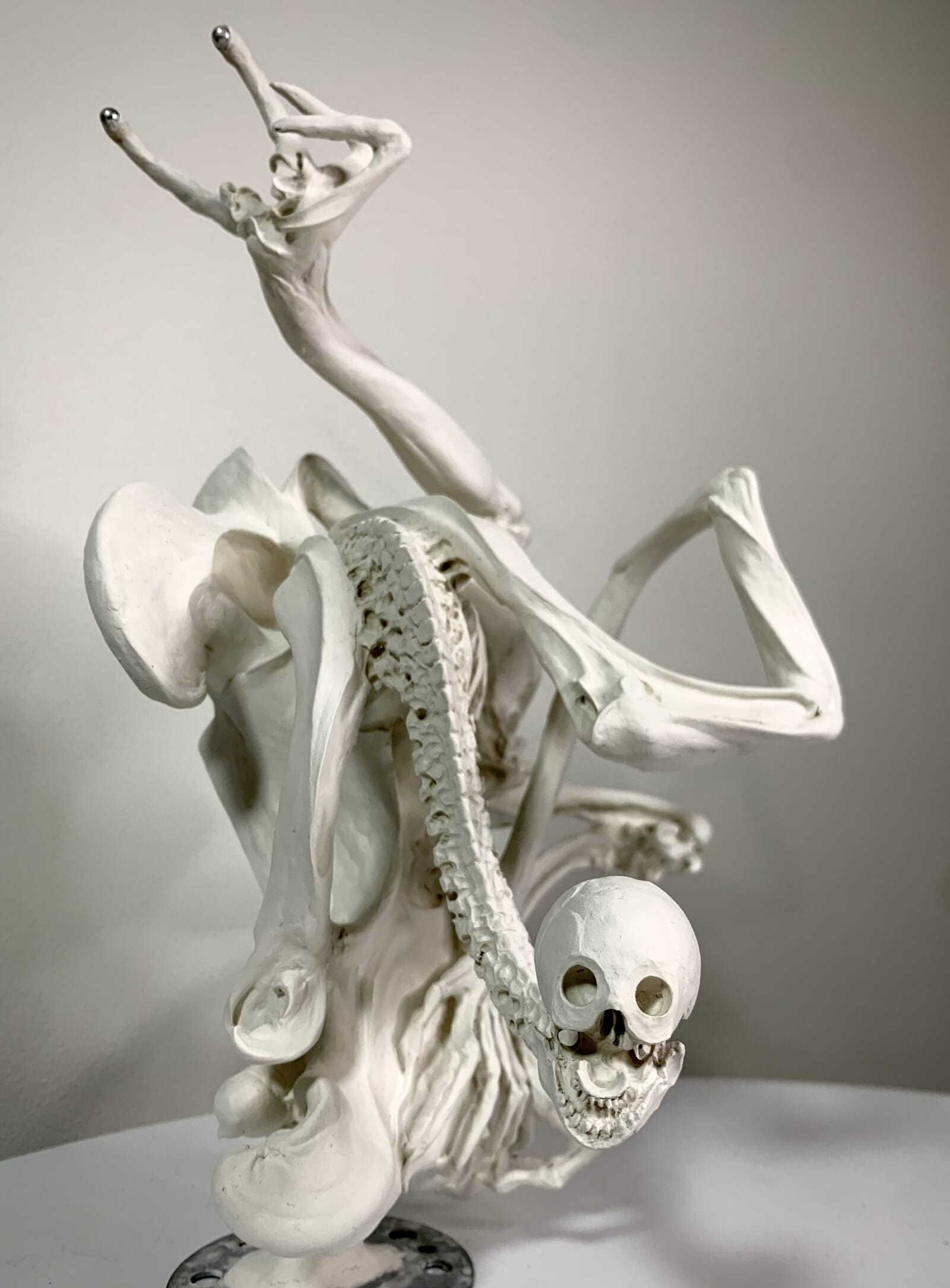
Mythical Beasts and Where to Find Them
Ishino’s pieces curve, curl and swirl into impressively organic shapes, a distinct product of human hands. He works with air-drying clay, which he molds onto a bone-like structure he welds out of metal, gradually shaping it with his fingers, deftly manipulating each curve in whichever direction he wishes. He prefers using his hands over man-made tools, as he feels he has more leeway to tease out fine lines and to perfect magical shapes.
Although Ishino was first attracted to creating — first drawing, then sculpting — through his love of sci-fi and fantasy movies, recently his inspiration lies closer to home: Japanese mythology. In Ishino’s 2022–2023 series, 8 Millions, he paid homage to myriad Japanese gods, of which there are said to be 8 million — a god for everything in this world. Unlike Western mythology, which tends to utilize detailed images and depictions to portray each legendary creature, Japanese mythology sometimes leaves the name of the divine beings and little else. This offers Ishino the freedom to interpret these stories and their corresponding subjects as he pleases.
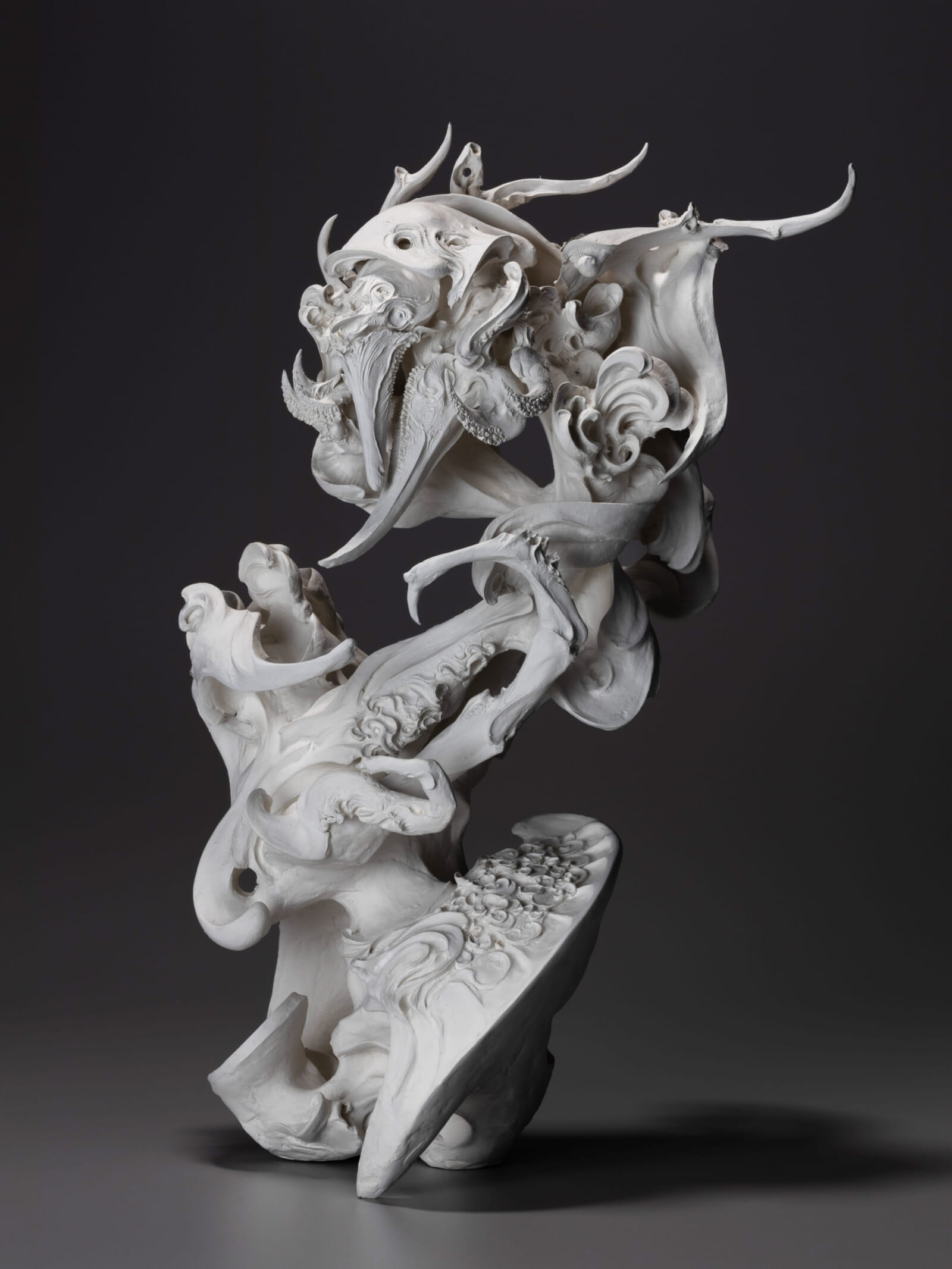
8 Millions includes one piece in tribute to the Mikahayahinokami, a deity that Ishino says is unknown to many Japanese themselves. He took inspiration for the series itself from the god Kagutsuchi, whose father killed him and cut him into eight pieces, from which numerous deities were born. Ishino similarly recycled his own broken and unusable pieces to create brand-new entities.
Ishino highlights the 18th-century romanticist Francisco Goya as a big influence on his work. Goya reinterpreted mythology from his own perspective, using his paintings to critique antiquated aspects of modern society. He also names Alberto Giacometti, the famed Swiss existentialist sculptor. Would Ishino consider himself an existentialist, like Giacometti? “Rather than the negativity and subtraction of existentialism, I see myself at the eye of a typhoon, in the calm amongst the storm, repairing and rebuilding that which has been destroyed all around me,” he answers. “I think that this is my way of asserting my own existence in the vortex of today’s information-overloaded society.” Ishino’s vortex-like sculptures, twisting and whorling, piling twirls upon twirls: the beauty of calm amid a raging tempest.
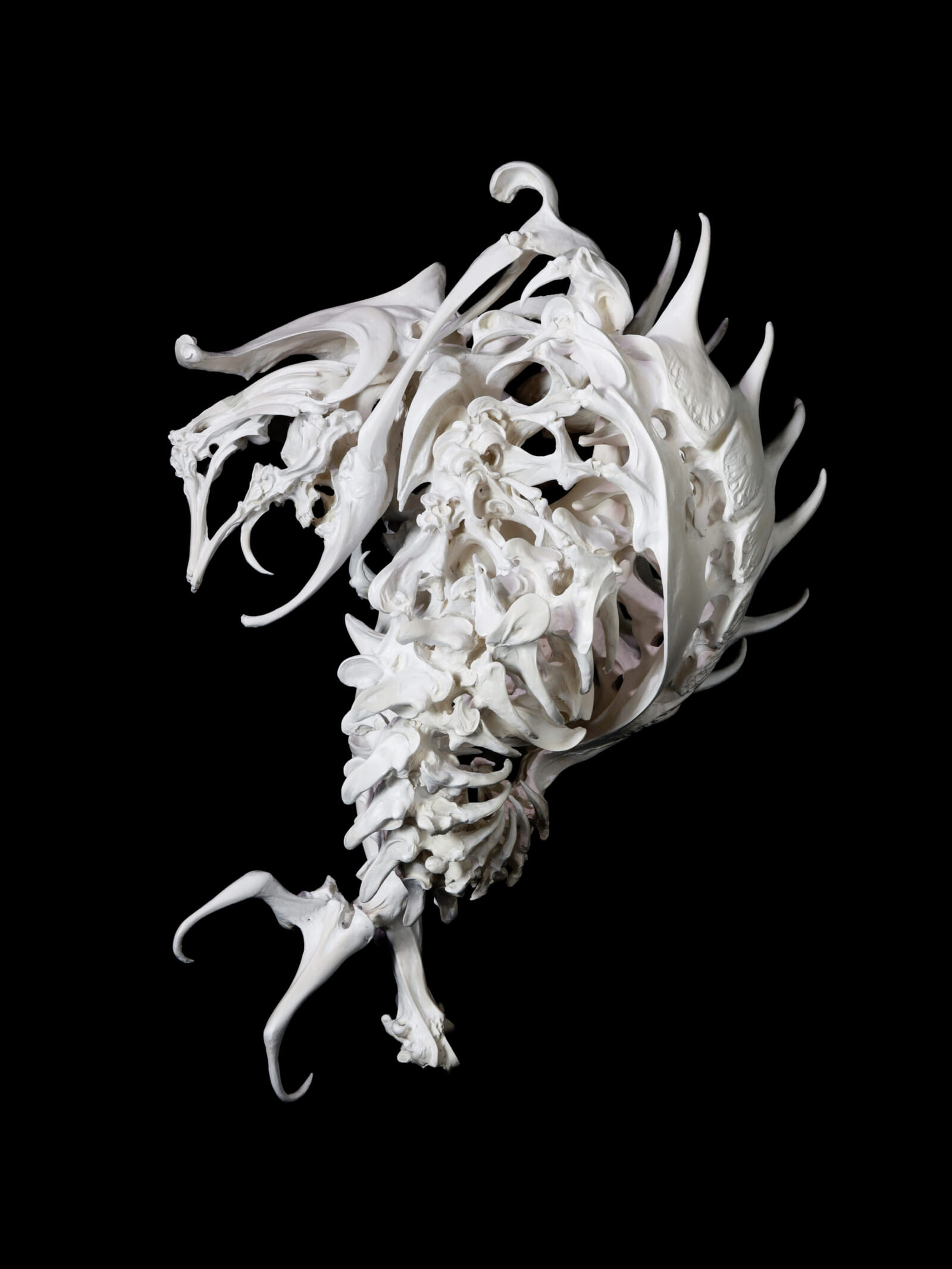
A Five-Phase Plan
Despite the originality, breathtaking intricacy and theoretical depth of his works, Ishino feels they’ve been sidelined by traditional sculptors, who see his works as figurines, a by-product of their Japanese birthplace.
“Our work gets compared to figurines, even though our art is complex and full of meaning,” he says. In an attempt to be recognized by the artistic world, Ishino has formulated a decade-long plan, consisting of five phases, each predicated on exhibitions of work from his artist collective, Golem (stylized as GOLEM).
Golem consists of six members from across Japan, whom Ishino selected considering certain factors. Everyone in the group is close in age to keep the hierarchy as flat as possible, and their artworks are also similar in terms of content. Akishi Ueda, for example, makes candy-colored, incredibly detailed characters, both adorable and bulbous, and Hiroaki Nakanishi crafts grotesque, visceral creatures of his imagination — some resembling demons, others aliens — that can often fit into the palm of one’s hand.
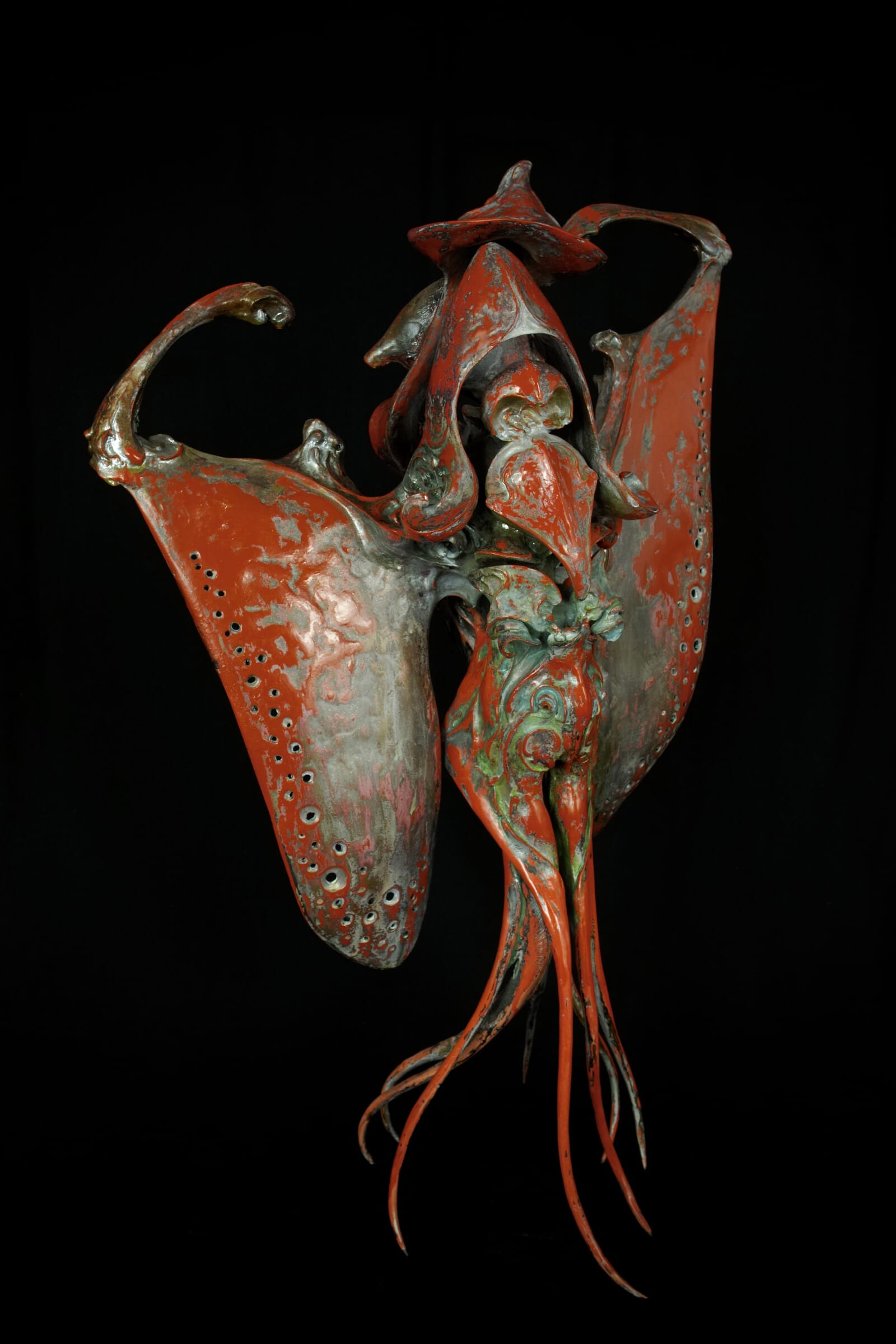
When asked about the resemblance of the group’s artworks to graphic novel characters and figurines, Ishino says: “These parts of subculture — internet culture, sci-fi, anime and so on — are a byproduct of our generation. It’s something that we’ve grown up with, a part of our society that wasn’t here in previous generations, and it influences our work. I think it’ll only continue to be a big influence to other artists in future as well.”
It’s this observation that keeps him motivated to push ahead with Golem, which is now in its second year, or its second phase. The final stage “ends with us being accepted into big galleries, as artists, within our own genre,” he explains, adding, “When Ueda exhibited abroad, his work was put under ‘J-pop surrealism,’ which I think is a good fit for us.”
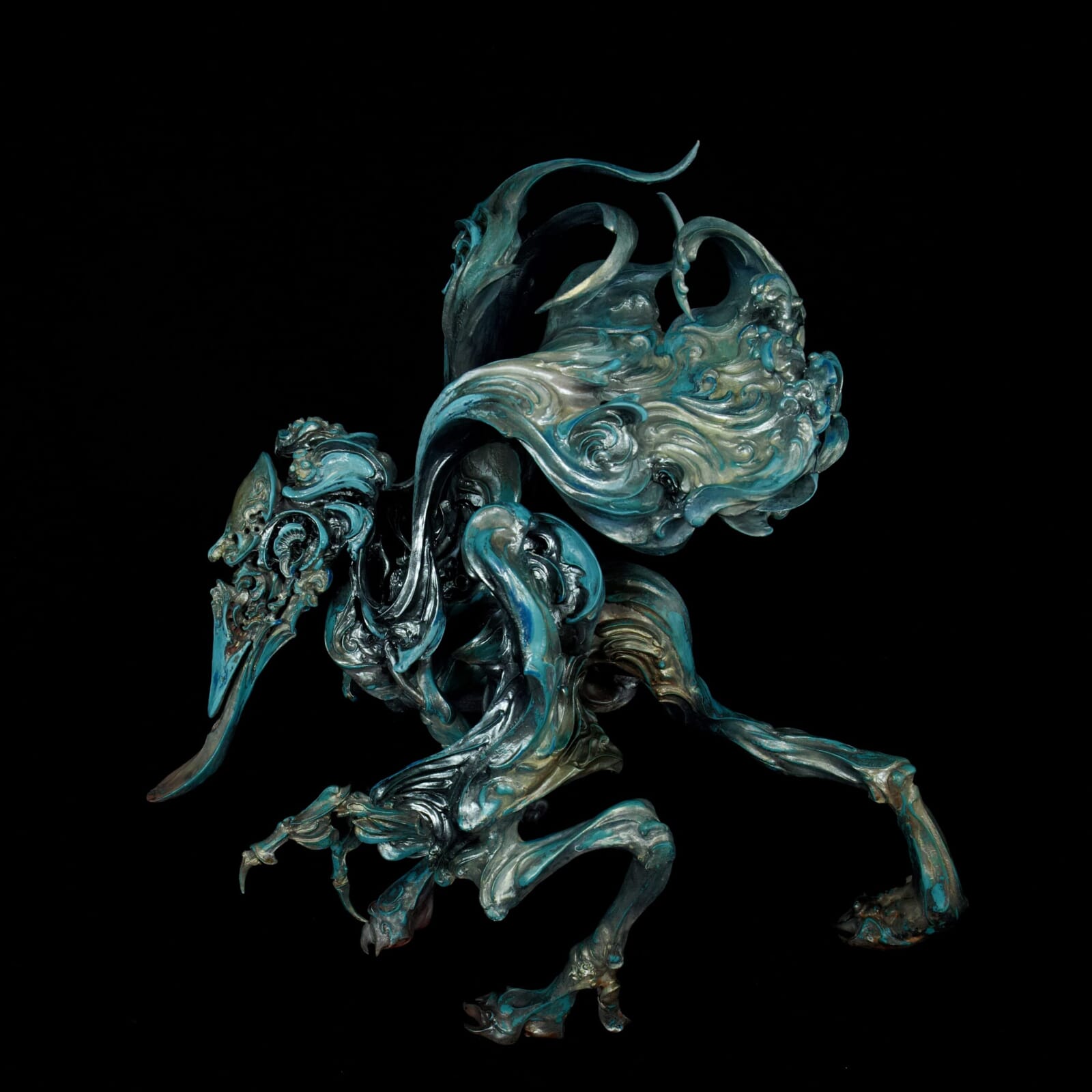
High Fashion-Approved
In late 2022, Ishino was contacted directly on Instagram by avant-garde Dutch fashion designer Iris Van Herpen. She wanted to buy one of his sculptures after finding him on the social network and growing fascinated with his artwork.
Ishino sold Van Herpen a couple of pieces for her own collection, and she was so impressed that she asked him to exhibit at her retrospective in Paris, which took place at Musée des Arts Décoratifs from November 2023 until April 2024. The show paid tribute to the pioneering designer, displaying her haute-couture pieces alongside specially selected artworks from artists across the globe, including established sculptors Kate MccGwire and Philip Beesley. Ishino created a new artwork, “Yomotsuokami,” for the exhibition.
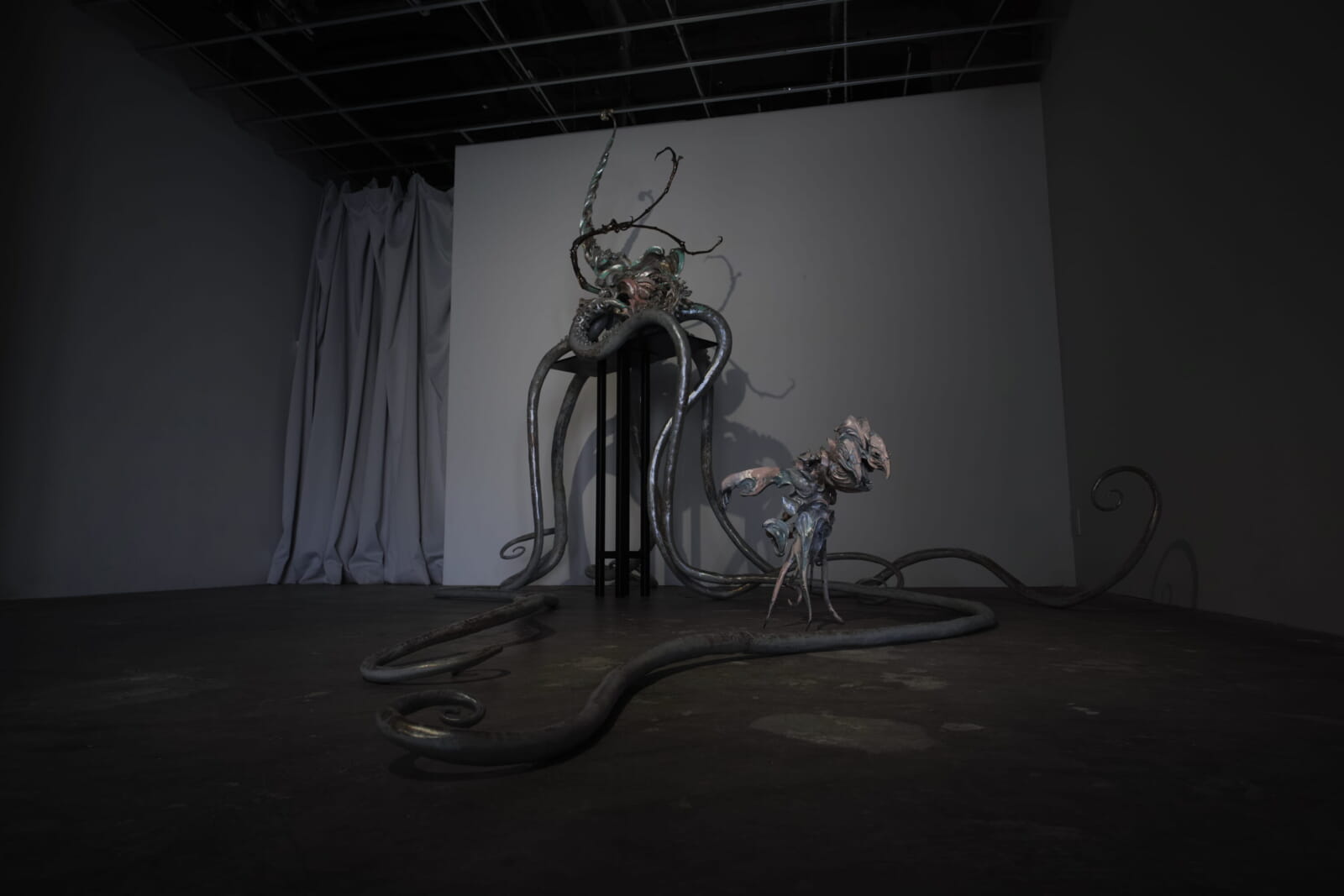
“She gave me free rein,” he says, “which I really appreciated. I made the piece to a scale that was large enough so it would look good in the gallery.” Standing at 1.53 meters tall, it’s larger than his usual works, though it retains the intricacy and delicate detailing. The exhibition was split into nine different sections, and “Yomotsuokami” showed in the skeleton-themed area, standing like an elegant ghostly apparition among the couture-clad mannequins.
The retrospective is set to be shown in Brisbane this year, bringing “Yomotsuokami” to yet another country. The start of wider acceptance for his work, perhaps?
